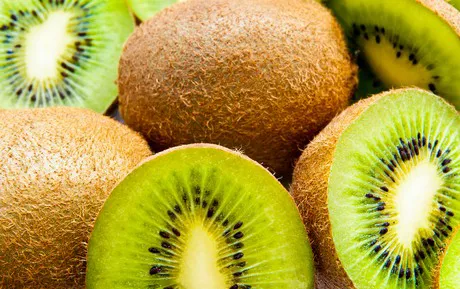In China, most of the kiwis produced are consumed at a domestic level. Nonetheless, commercialising fruits imported from New Zealand and Chile is still more profitable, as their price is higher than that of domestic fruit.
The Hayward and Qinmei cultivars are the most cultivated worldwide - around 90% of kiwis in the world are of the green Hayward variety. Even though there are over 70 species of kiwis, only two are important at a commercial level - A. deliciosa and A. chinensis.
Over the past few years, numerous species have been developed in New Zealand, Korea, Greece, etc. The golden Hort 16A variety (A. chinensis) developed in New Zealand became popular all over the world, but China also developed popular cultivars.
Chinese researchers have conducted a survey on the nutritional quality and antioxidant properties of 9 kiwi cultivars in relation to their retail price. The two most popular in New Zealand and China - Hayward and Hort16A - were analysed together with another 7 recently developed Chines cultivars already widely cultivated in the Shaanxi region.

"We have analysed the relation between retail price, nutritional quality and flesh colour. In addition, we compared the differences in nutritional quality among the various genotypes. Our objective was to determine whether the most expensive cultivar is also the one with the highest nutritional value and provide supply parameters on the quality of kiwis available on the Chinese market to help consumers choose and producers increase their profits."
As regards the nutritional quality of the Hayward and Hort 16A varieties from New Zealand and China, there was no relation with the production area therefore, the difference in price may be due to the lack of trust of Chinese consumers and players.
The most expensive kiwi is not the most nutritional one. At the same time, flesh colour is associated to a higher value, though it does not mean a higher nutritional quality. "This means imported kiwis are not always superior to the Chinese ones, so their higher price is not always justified."
Source: Tingting Ma, Xiangyu Sun, Jinmei Zhao, Yilin You, Yushan Lei,Guitian Gao, Jicheng Zhan, 'Nutrient compositions and antioxidant capacity of kiwifruit (Actinidia) and their relationship with flesh color and commercial value', 2017, Food Chemistry, Vol. 218, pag. 294–304.
www.sciencedirect.com/science/article/pii/S0308814616314649
